When comparing the BMW G 310 R and the 2019 Kawasaki Ninja 300, you're looking at two distinct motorcycles catering to entry-level enthusiasts but offering different strengths and riding experiences. Here’s a detailed comparison of the two bikes based on various key aspects:
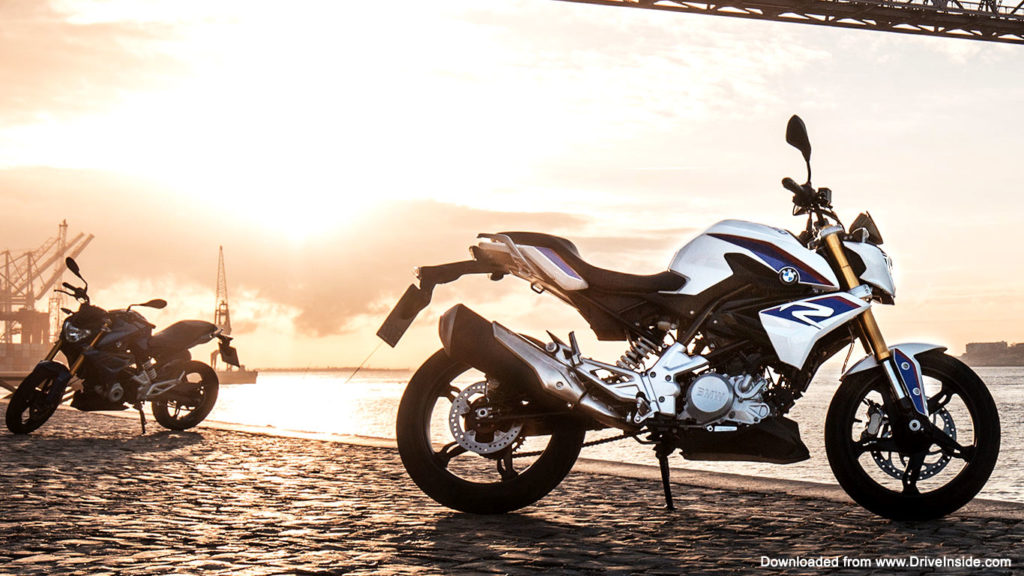
Design and Styling
-
-
BMW G 310 R:
- Design: The BMW G 310 R features a modern, minimalist design that aligns with BMW's characteristic styling. Its sharp lines, compact form, and upright stance give it a sporty yet practical look. The bike's design is more understated but emphasizes a blend of sophistication and functionality.
- Features: It comes with a full-LED headlamp, a digital instrument cluster, and a sleek, compact body. The design is focused on urban usability and comfort.
-
2019 Kawasaki Ninja 300:
- Design: The Ninja 300 boasts a more aggressive, race-inspired design. It features a full fairing, aerodynamic lines, and sharp, aggressive styling cues that mimic Kawasaki’s larger Ninja models. The bike's appearance is sporty and designed to attract enthusiasts looking for a high-performance look.
- Features: It includes LED headlamps, a digital instrument panel, and sporty bodywork that enhances its racing pedigree.
-
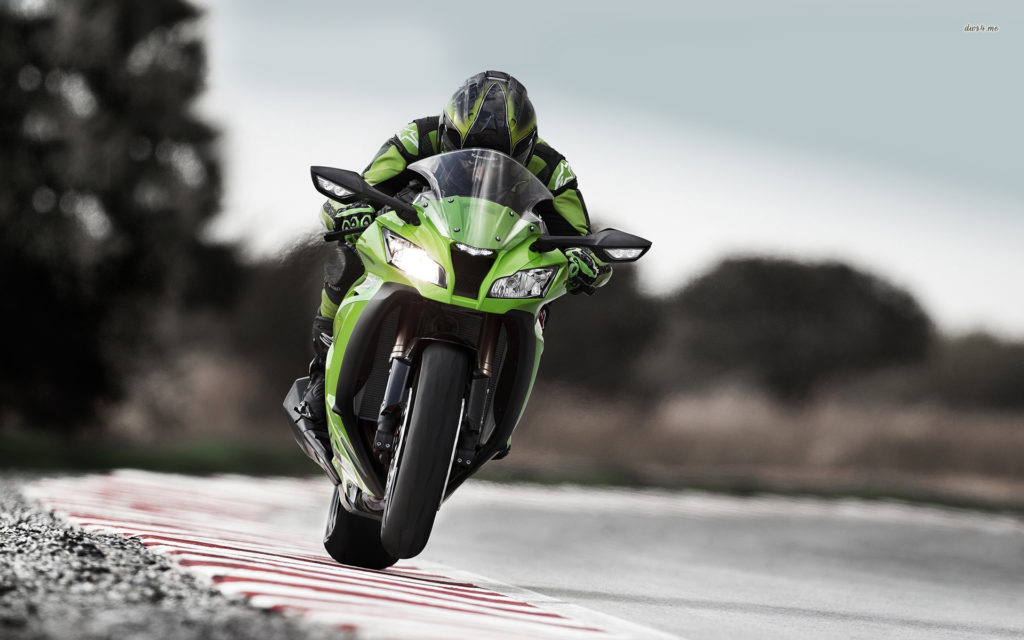
Engine and Performance
-
BMW G 310 R:
- Engine: The G 310 R is powered by a 313cc single-cylinder, liquid-cooled engine that produces approximately 34 bhp and 28 Nm of torque.
- Performance: This engine offers smooth, linear power delivery suitable for both city commuting and occasional highway rides. Its performance is designed to be balanced and accessible, making it user-friendly for a range of riders.
-
2019 Kawasaki Ninja 300:
- Engine: The Ninja 300 features a 296cc parallel-twin, liquid-cooled engine that produces around 39 bhp and 27 Nm of torque.
- Performance: The twin-cylinder engine provides a more energetic and spirited performance, offering quicker acceleration and higher top speeds. This makes the Ninja 300 more suitable for spirited riding and highway performance.
Handling and Suspension
-
BMW G 310 R:
- Suspension: It comes with a 41mm USD fork at the front and a rear monoshock, providing a balance between comfort and handling. The suspension setup is designed to be versatile, handling both city roads and occasional rough patches with ease.
- Handling: The G 310 R offers precise and responsive handling, thanks to its lightweight frame and well-tuned suspension. It's agile and easy to maneuver, making it a good choice for urban riding.
-
2019 Kawasaki Ninja 300:
- Suspension: The Ninja 300 features a 37mm telescopic fork at the front and a rear monoshock with adjustable preload. This setup focuses more on sporty performance, providing stability and control during aggressive cornering.
- Handling: The Ninja 300 is known for its sharp and precise handling. Its sport-oriented suspension and geometry make it ideal for twisty roads and track-like conditions.
Comfort and Ergonomics
-
BMW G 310 R:
- Comfort: The G 310 R provides a comfortable, upright riding position that’s well-suited for city commuting and longer rides. The seat is well-cushioned, and the ergonomics are designed to reduce rider fatigue.
- Ergonomics: Its more relaxed stance makes it versatile, allowing for a comfortable ride over various distances.
-
2019 Kawasaki Ninja 300:
- Comfort: The Ninja 300’s riding position is more aggressive, with a slightly forward-leaning stance that enhances sporty performance but may be less comfortable for long rides.
- Ergonomics: The aggressive ergonomics are designed for performance riding, offering good control and responsiveness but potentially leading to greater rider fatigue on long trips.
Features and Technology
-
BMW G 310 R:
- Features: The G 310 R includes a modern digital instrument cluster, LED headlamps, and a slipper clutch. It also comes with dual-channel ABS for enhanced safety.
- Technology: The bike incorporates contemporary features that enhance convenience and safety, reflecting BMW’s commitment to modern technology.
-
2019 Kawasaki Ninja 300:
- Features: The Ninja 300 features a fully digital instrument panel, LED headlamps, and advanced braking systems with petal discs. It also includes standard ABS for improved braking safety.
- Technology: Kawasaki’s focus on performance and safety is evident in the Ninja 300’s technology, which is geared towards enhancing the riding experience.
Price and Value
-
BMW G 310 R:
- Price: Generally priced slightly higher than the Ninja 300, reflecting BMW’s premium brand positioning. It offers good value in terms of build quality and brand reputation.
- Value: The G 310 R’s premium features and brand appeal justify its higher price, making it a strong contender for those seeking a premium entry-level bike.
-
2019 Kawasaki Ninja 300:
- Price: Priced competitively within its segment, offering excellent value for performance and features. The Ninja 300 provides a sporty ride at a relatively affordable price.
- Value: The Ninja 300 offers strong performance and styling at a competitive price point, making it an attractive option for performance-oriented riders.






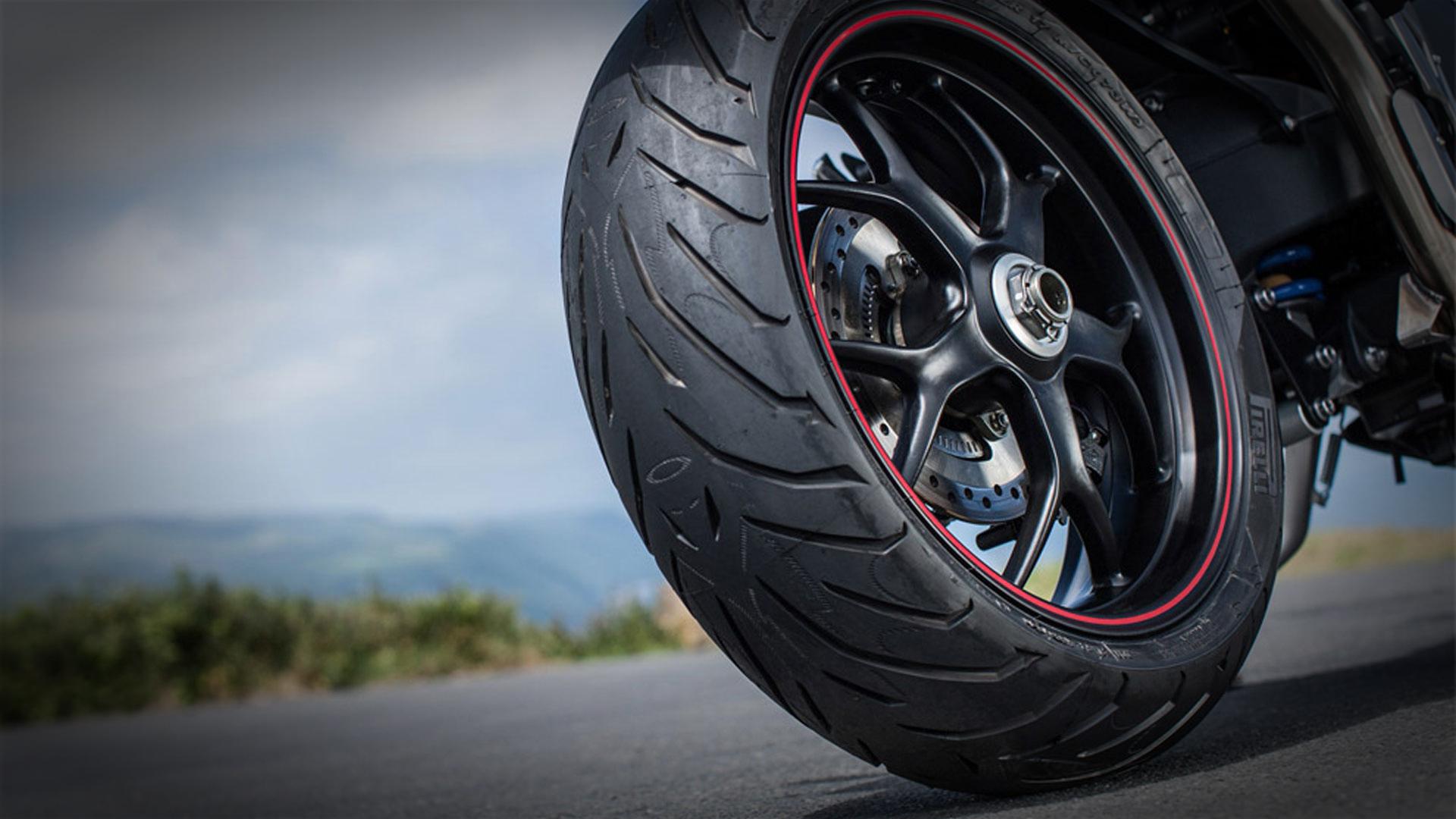
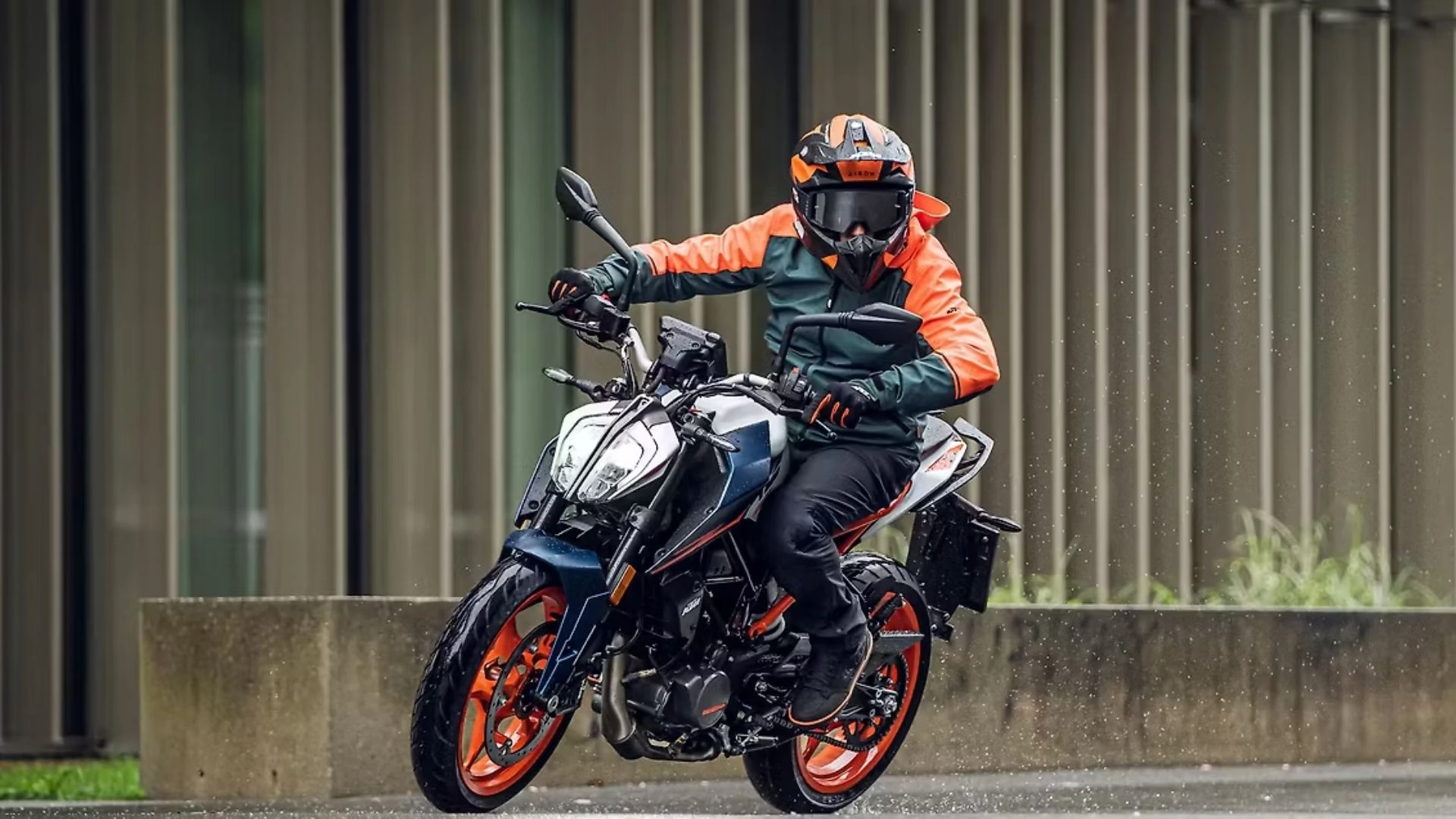
_1766129034.webp)
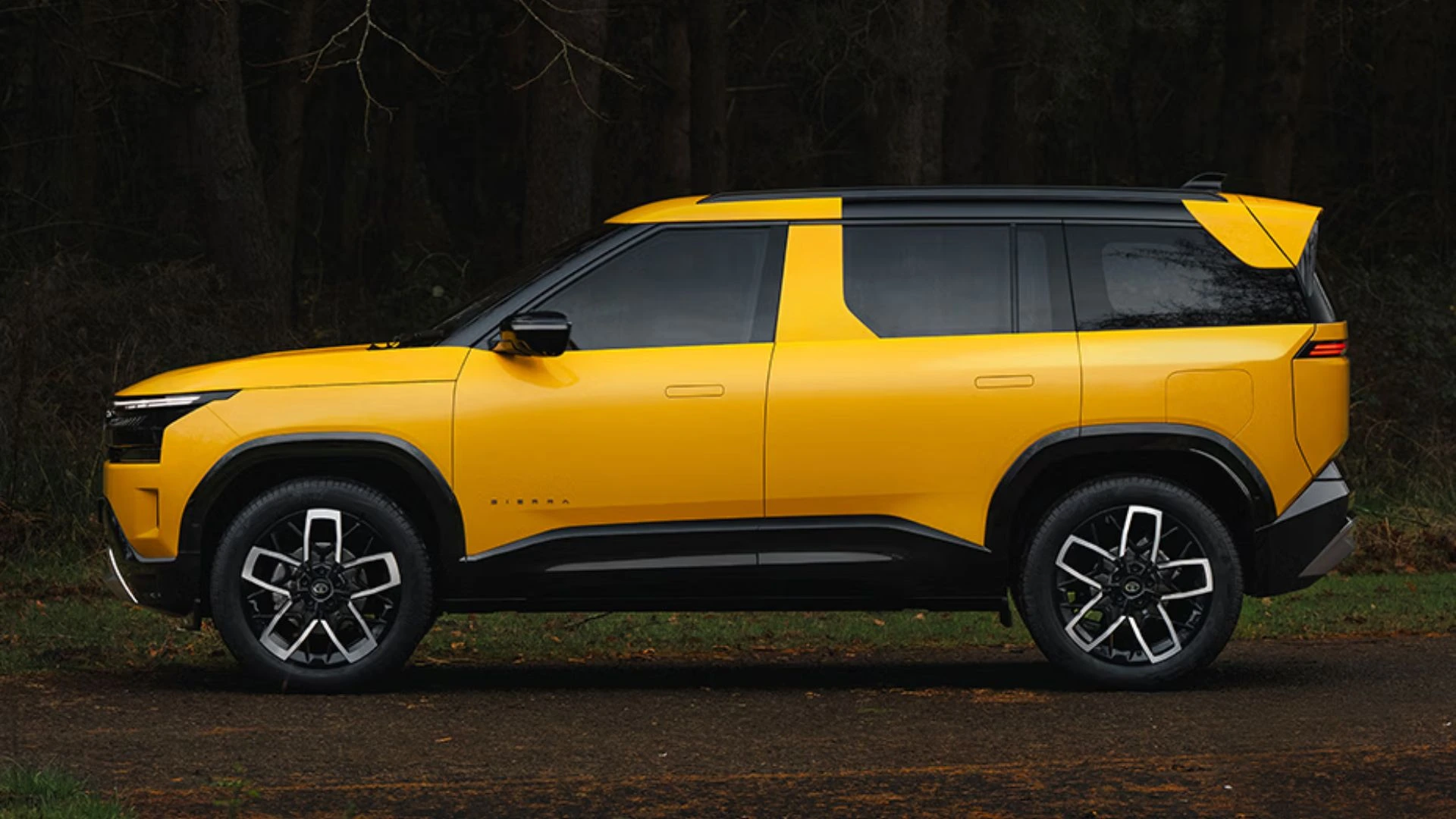
 Positioning Affordable 7-seat_1766042570.webp)